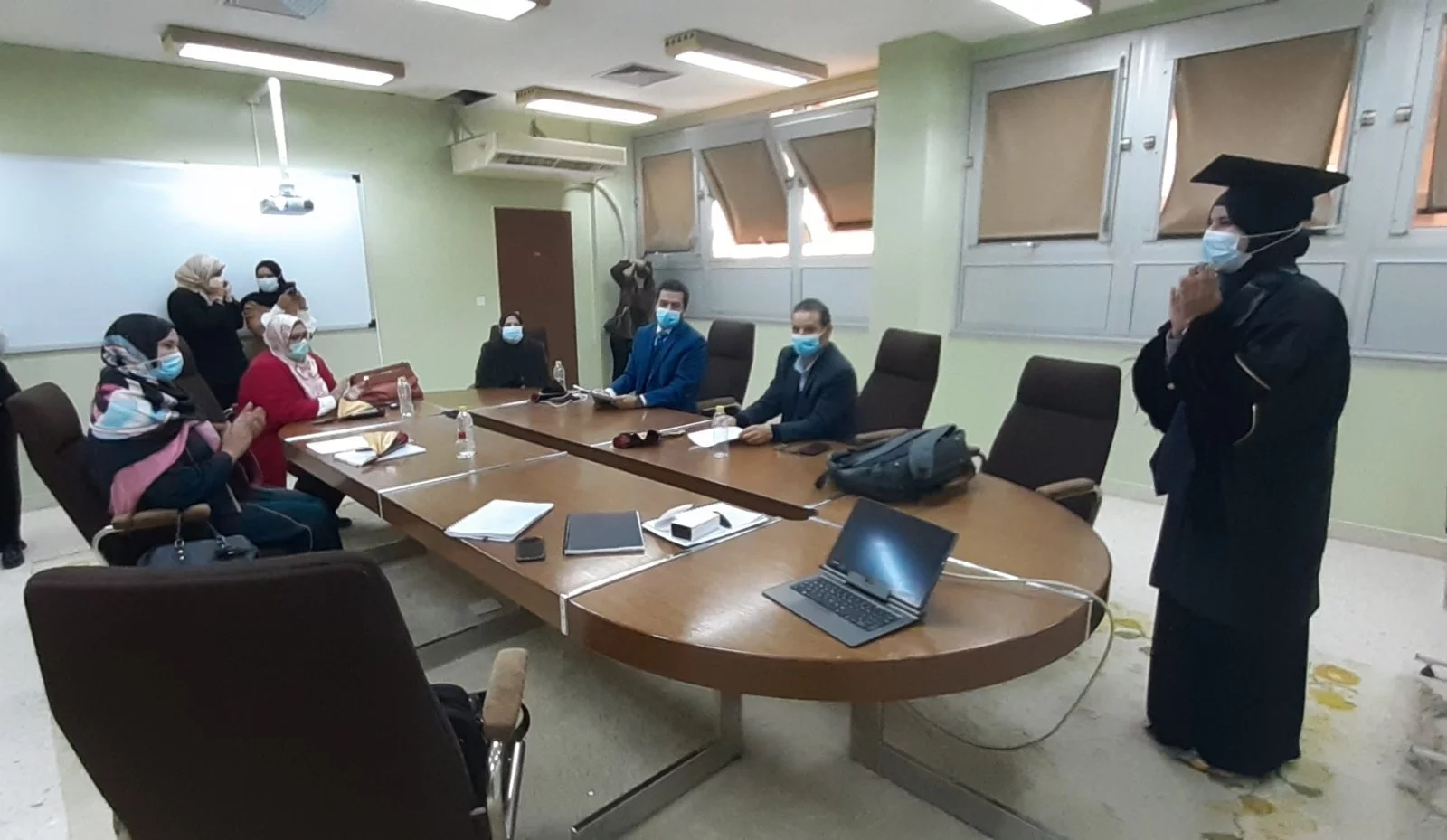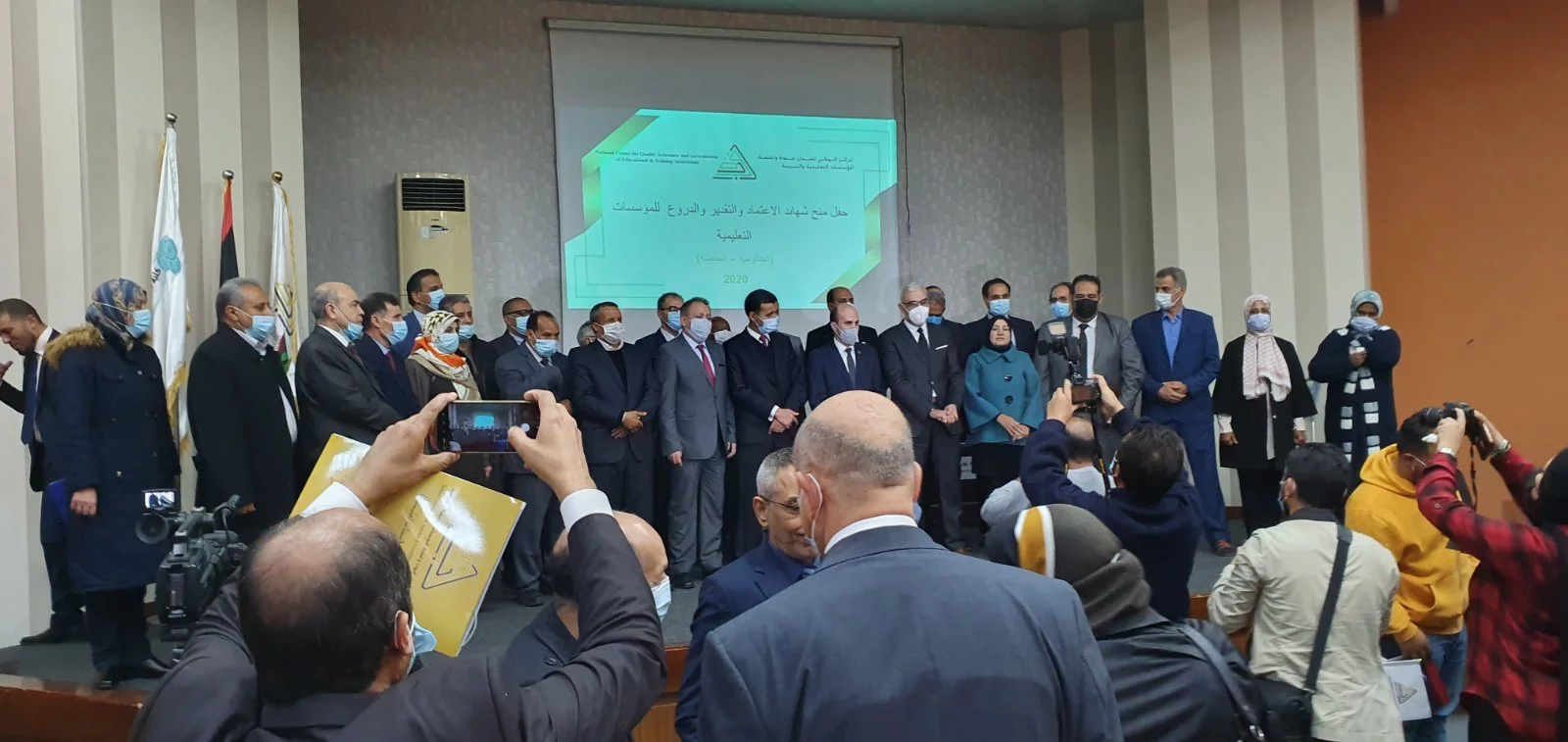كلية الصيدلة
المزيد ...حول كلية الصيدلة
تأسست كلية الصيدلة سنة 1975م وتعتبر الكلية الأقدم في ليبيا للعلوم الصيدلانية، تهدف منذ بداية تأسيسها إلى المساهمة في الرفع من مستوى الخدمات الصحية للمواطن بليبيا والبدء جدياً في تطوير الخدمات الدوائية والدخول في هذا المجال على أسس علمية وبعد مُضي ما يزيد عن ثمانية وثلاثين عاماً على مولد هذه القلعة العلمية، لازالت هذه المؤسسة تزود المجتمع بشباب مؤهل ومؤمن بدوره في ليبيا الحرة ليقود مجالات الصناعة والرقابة الدوائية والتحاليل الطبية وترشيد استعمال الأدوية والاستفادة القصوى من الأعشاب والنباتات الطبية وبدأت الدراسة بالكلية مع بداية العام الدراسي 1976/1975م. واستمرت الدراسة بالمبنى القديم والذي تشغله الآن كلية الإعلام والفنون. وفي العام 1983م، تـــم إبـــرام عقد إنشاء مبنى جديد لكلية الصيدلة بجامعة طرابلس. وقد تم بناؤه على مساحــة تبلغ أربعـين آلف متر مربع “ 40.000 م2 “جنوب جامعة طرابلس. ويعتبر مبنى الكلية من أجمل مباني الجامعة حيث تم اختياره كأحد أجمل المباني التعليمية في العالم حسب تقرير أعدتـه المنظـــمة العــالمية للثقافــة والعلــــوم “اليونسكو“. يحد الكلية من ناحية الشرق كلية الطب البشرى لتشكل مع مركز طرابلس الطبي نموذجاً متميزاً للكليات الطبية التخصصية. هذه المؤسسة لا تزال ترعى منسبيها من الطلاب ليكونوا صيادلة المستقبل ولكي يشاركوا في بناء ليبيا.
حقائق حول كلية الصيدلة
نفتخر بما نقدمه للمجتمع والعالم
المنشورات العلمية
هيئة التدريس
الطلبة
الخريجون
أخبار كلية الصيدلة
من يعمل بـكلية الصيدلة
يوجد بـكلية الصيدلة أكثر من 87 عضو هيئة تدريس

أ.د. فتحى محمد عمر الشريف
ا. د. فتحى محمد الشريف هو احد اعضاء هيئة التدريس بقسم علم الادوية والصيدلة السريرية بكلية الصيدلة. يعمل السيد فتحى محمد الشريف بجامعة طرابلس كـأستاذ منذ يونيو 1999 وله العديد من المنشورات البحثية العلمية العالمية في مجال علم الادوية وصيدلة المجتمع.
















